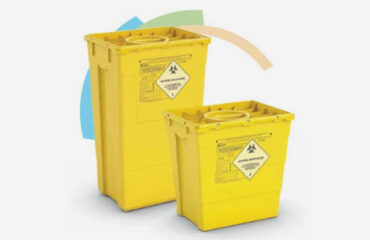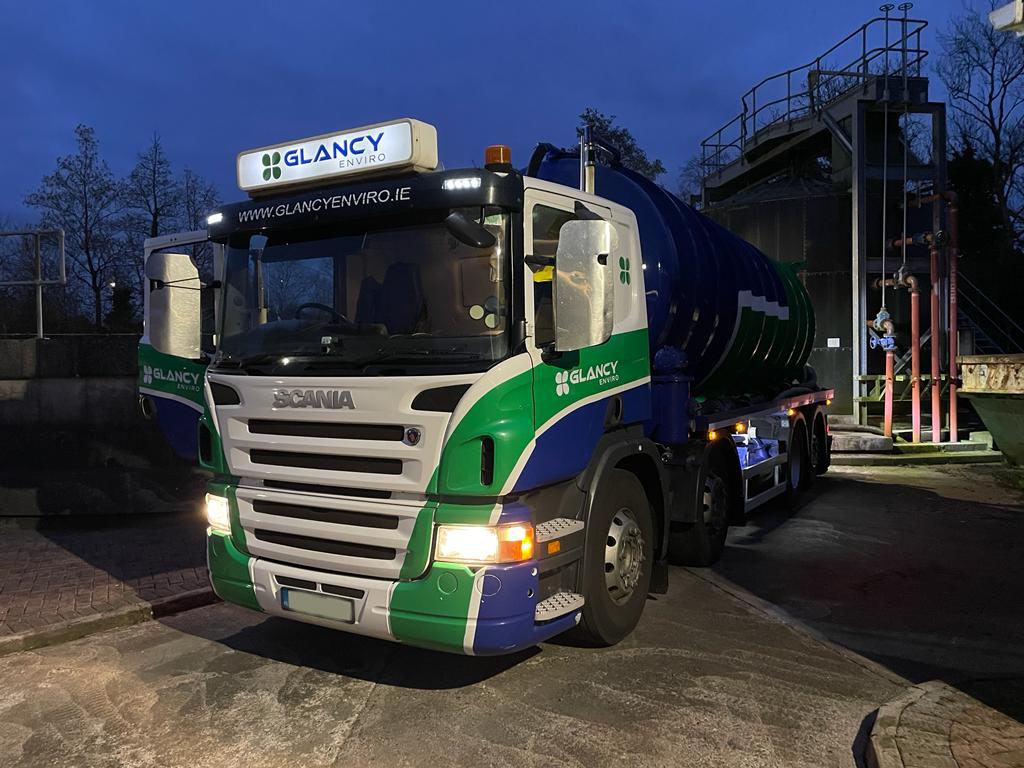The smart Trick of Reclaim Waste That Nobody is Discussing
The smart Trick of Reclaim Waste That Nobody is Discussing
Blog Article
6 Simple Techniques For Reclaim Waste
Table of ContentsA Biased View of Reclaim WasteGet This Report on Reclaim WasteFascination About Reclaim WasteThe Ultimate Guide To Reclaim WasteSee This Report on Reclaim Waste
Domestic sewer waste refers to the waste and items from a domestic septic container. The correct monitoring and disposal of domestic sewer waste need fluid waste to be transferred to a sewage therapy plant where the proper methods and tools are applied to cleanse and dispose of waste.
Industrial waste frequently consists of potential hazards, such as combustible materials or a combination of liquid and strong waste items, and needs a more sophisticated and detailed disposal procedure. The disposal of commercial waste commonly involves the filtration of waste prior to transportation to make certain risk-free and correct disposal. Hazardous waste is created from by-products and overflow of commercial procedures and production.
This type of waste can not use the very same sewer management transportation or procedures as septic or industrial liquids. The commercial waste monitoring procedure calls for the inspection and testing of liquid waste before it undergoes the disposal process (liquid waste removal melbourne). Drainage waste is the fluid waste that originates from runoff and excess stormwater in highly booming areas or cities
Runoff waste can cause contamination and flooding if not dealt with correctly. Ensuring proper waste management can protect against calamities and minimize environmental harm.
Facts About Reclaim Waste Uncovered
Contact PROS Services today to find out concerning our waste management and disposal solutions and the proper means to care for the fluid waste you create.
(https://forums.hostsearch.com/member.php?271151-reclaimwaste1)Do you understand what happens to your water when you disengage, flush the commode or drain pipes the washing machine? No? Well, it deserves understanding. This so-called 'wastewater' is not just a crucial source however, after treatment, will be launched to our land, waterways or the sea. Made use of water from bathrooms, showers, bathrooms, cooking area sinks, washings and industrial procedures is called wastewater.

water utilized to cool equipment or clean plant and devices). Stormwater, a form of wastewater, is drainage that flows from farming and metropolitan locations such as roof coverings, parks, gardens, roadways, paths and seamless gutters right into stormwater drains, after rainfall. Stormwater flows unattended directly to regional creeks or rivers, at some point reaching the ocean.
Reclaim Waste Can Be Fun For Anyone
In Queensland, most wastewater is dealt with at sewer therapy plants. Wastewater is delivered from residential or commercial websites through a system of drains and pump terminals, known as sewage reticulation, to a sewage treatment plant. City governments develop, keep and run most sewer therapy plants. Operators are accredited under the Environmental Protection Act 1994 to discharge cured wastewater at an appropriate ecological standard right into rivers.
The Division of Natural Resources suggests city governments regarding managing, operating and maintaining sewage systems and therapy plants. In unsewered areas, regional federal governments might need homeowners to install individual or house sewer therapy systems to treat domestic wastewater from bathrooms, kitchens, restrooms and laundries. The Department of Natural Resources authorises making use of home systems when they are confirmed to be reliable.
The majority of stormwater obtains no therapy. In some brand-new class, treatment of some stormwater to eliminate trash, sand and gravel has started utilizing gross contaminant traps. Wastewater therapy takes place in four stages: Removes solid matter. Bigger solids, such as plastics and other objects mistakenly released to drains, are gotten rid of when wastewater is passed with screens.
Utilizes little living organisms understands as micro-organisms to break down and get rid of remaining dissolved wastes and fine bits. Micro-organisms and wastes are integrated in the sludge.
The Ultimate Guide To Reclaim Waste
Nutrient removal is not available whatsoever sewage treatment plants because it needs expensive specialised equipment. It is ending up being a lot more usual in Queensland. Clear fluid effluent generated after therapy may still i was reading this contain disease-causing micro-organisms. If this effluent is released right into rivers such as rivers or the sea, the micro-organisms will eventually die out.

Most wastewater moves right into the sewerage system. Under the Act, local federal governments administer approvals and permits for ecologically relevant tasks (Ages) entailing wastewater releases that could have a regional impact.
The Best Guide To Reclaim Waste
Surveillance gives factual information about water high quality and can validate that permit problems are being met. The information acquired via monitoring offers the basis for making water high quality choices.
Report this page